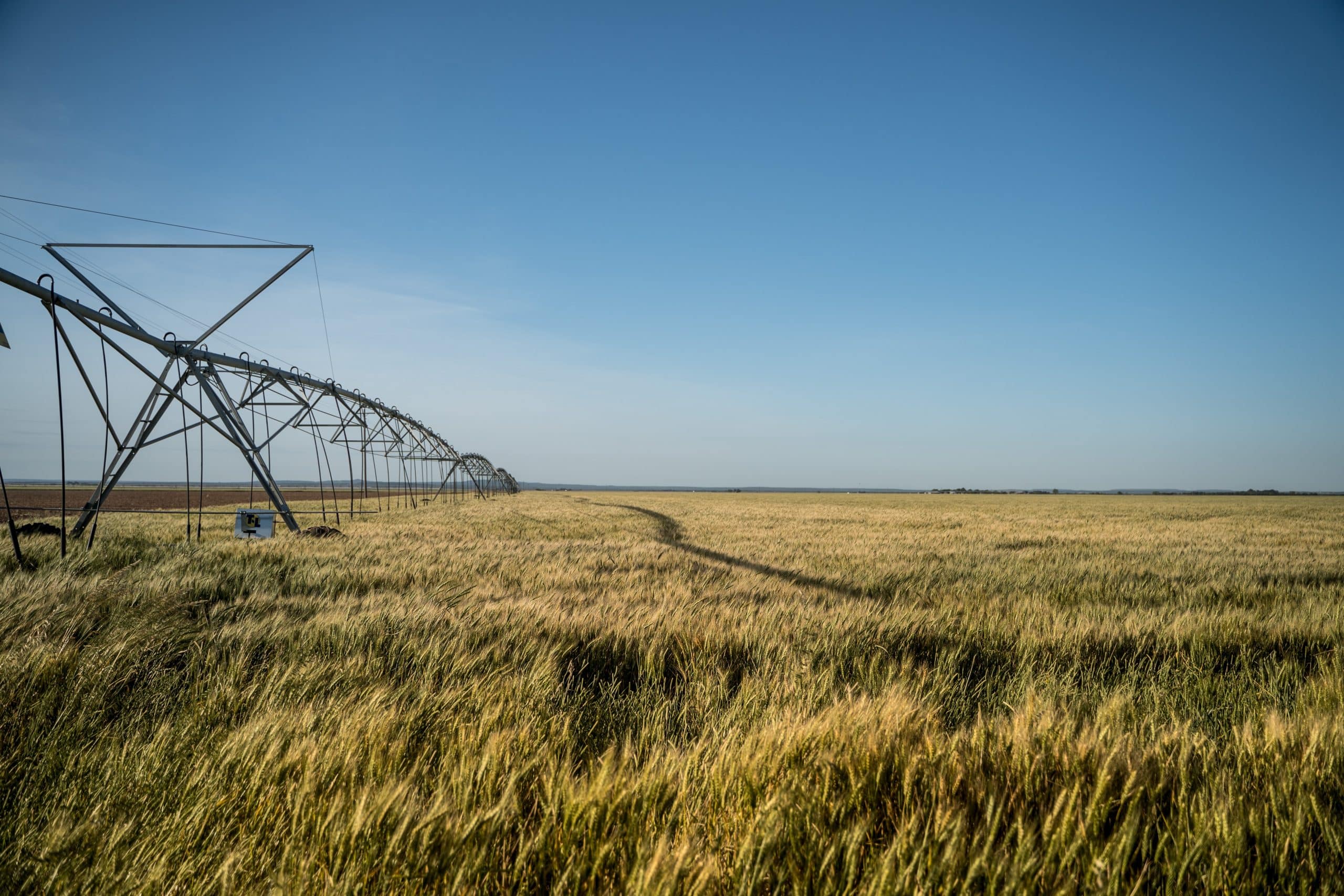FAO trains stakeholders to boost crop yields with digital sensor technology – Jamaica Gleaner

Training on Digital Sensor Technology to Enhance Agricultural Productivity in Jamaica
Introduction
The Food and Agriculture Organization of the United Nations (FAO), in partnership with the Ministry of Agriculture, Fisheries & Mining, conducted a specialized training session aimed at equipping stakeholders with practical skills in the use of digital sensors to boost agricultural productivity. This initiative aligns with the Sustainable Development Goals (SDGs), particularly SDG 2 (Zero Hunger), SDG 9 (Industry, Innovation and Infrastructure), and SDG 12 (Responsible Consumption and Production).
Training Overview
The training was held at the Rural Agricultural Development Authority in Mandeville and focused on the application of sensor technology in both protected cultivation and open-field agricultural systems. It was conducted under the project titled “Digital solutions to improve Horticultural Crop Management in the Caribbean”.
- Introduction to sensor applications including water, soil, and environmental sensors.
- Hands-on demonstrations on connecting hardware, activating sensors, and using software platforms.
- Training on real-time data collection and analysis to improve crop management decisions.
Participants and Practical Experience
- Total of 29 participants including researchers, extension officers, and farmers from government and private sectors.
- Exposure to cutting-edge sensor technologies transforming agricultural practices.
- Development of skills to utilize real-time data for enhanced crop productivity and management.
Key Benefits and Technological Insights
Melvin Medina Navarro, FAO’s lead technical officer for crop production and plant protection, emphasized the transformative potential of digital sensors in agriculture. He noted that:
“Jamaica will see many benefits from the use of digital sensors in agriculture as this technology provides an opportunity to better understand crop performance through data access in real-time and monitoring of important parameters that directly affect yield and ensure timely decisions.”
Real-Time Data and Sustainable Agricultural Practices
The use of soil sensors to measure soil humidity enables precise irrigation management, contributing to water conservation and minimizing resource waste. Environmental sensors provide real-time data on various parameters, empowering farmers to:
- Make timely, informed decisions.
- Protect crops effectively.
- Improve productivity and food security.
- Enhance food safety.
This approach supports SDG 6 (Clean Water and Sanitation) and SDG 13 (Climate Action) by promoting sustainable resource use and resilience against environmental challenges.
Project Goals and Future Outlook
The ongoing project aims to promote the adoption of innovative and affordable agricultural technologies throughout Jamaica. Key objectives include:
- Equipping farmers with digital sensors and tools.
- Piloting low-cost technological solutions.
- Enabling year-round cultivation of high-value crops.
- Supporting sustainable agricultural development consistent with SDG 8 (Decent Work and Economic Growth) and SDG 15 (Life on Land).
Overall, this initiative represents a significant step towards integrating digital innovation in agriculture to achieve sustainable development and food security in the Caribbean region.
1. Sustainable Development Goals (SDGs) Addressed
- SDG 2: Zero Hunger
- The article focuses on improving agricultural productivity and food security through digital sensor technology.
- SDG 6: Clean Water and Sanitation
- Use of soil moisture sensors to optimize irrigation conserves water resources.
- SDG 9: Industry, Innovation and Infrastructure
- Introduction and adoption of innovative digital sensor technologies in agriculture.
- SDG 12: Responsible Consumption and Production
- Minimizing resource waste through precise irrigation and better crop management.
2. Specific Targets Under the Identified SDGs
- SDG 2: Zero Hunger
- Target 2.3: By 2030, double the agricultural productivity and incomes of small-scale food producers.
- Target 2.4: Ensure sustainable food production systems and implement resilient agricultural practices.
- SDG 6: Clean Water and Sanitation
- Target 6.4: Substantially increase water-use efficiency across all sectors.
- SDG 9: Industry, Innovation and Infrastructure
- Target 9.5: Enhance scientific research and upgrade the technological capabilities of industrial sectors.
- SDG 12: Responsible Consumption and Production
- Target 12.2: Achieve sustainable management and efficient use of natural resources.
3. Indicators Mentioned or Implied in the Article
- Indicator for SDG 2 (Targets 2.3 and 2.4)
- Crop yield per hectare (implied through improved crop management and productivity).
- Percentage of farmers adopting sustainable agricultural practices (implied by training and technology adoption).
- Indicator for SDG 6 (Target 6.4)
- Water use efficiency in agriculture (measured by soil moisture sensors enabling precise irrigation).
- Indicator for SDG 9 (Target 9.5)
- Number of farmers and agricultural workers trained in new technologies (29 participants trained).
- Adoption rate of digital sensor technologies in agriculture.
- Indicator for SDG 12 (Target 12.2)
- Reduction in resource waste (implied through optimized irrigation and nutrient management).
4. Table of SDGs, Targets and Indicators
| SDGs | Targets | Indicators |
|---|---|---|
| SDG 2: Zero Hunger |
|
|
| SDG 6: Clean Water and Sanitation |
|
|
| SDG 9: Industry, Innovation and Infrastructure |
|
|
| SDG 12: Responsible Consumption and Production |
|
|
Source: jamaica-gleaner.com

What is Your Reaction?
 Like
0
Like
0
 Dislike
0
Dislike
0
 Love
0
Love
0
 Funny
0
Funny
0
 Angry
0
Angry
0
 Sad
0
Sad
0
 Wow
0
Wow
0














































































